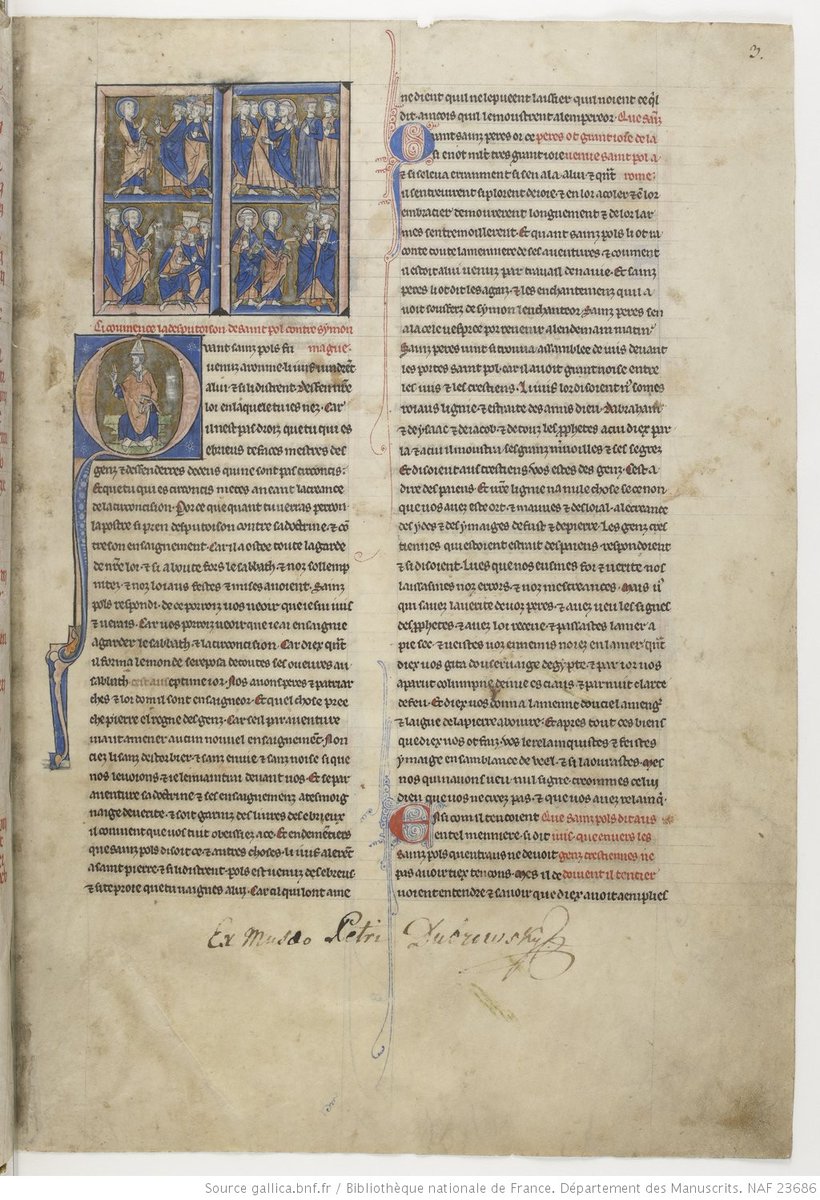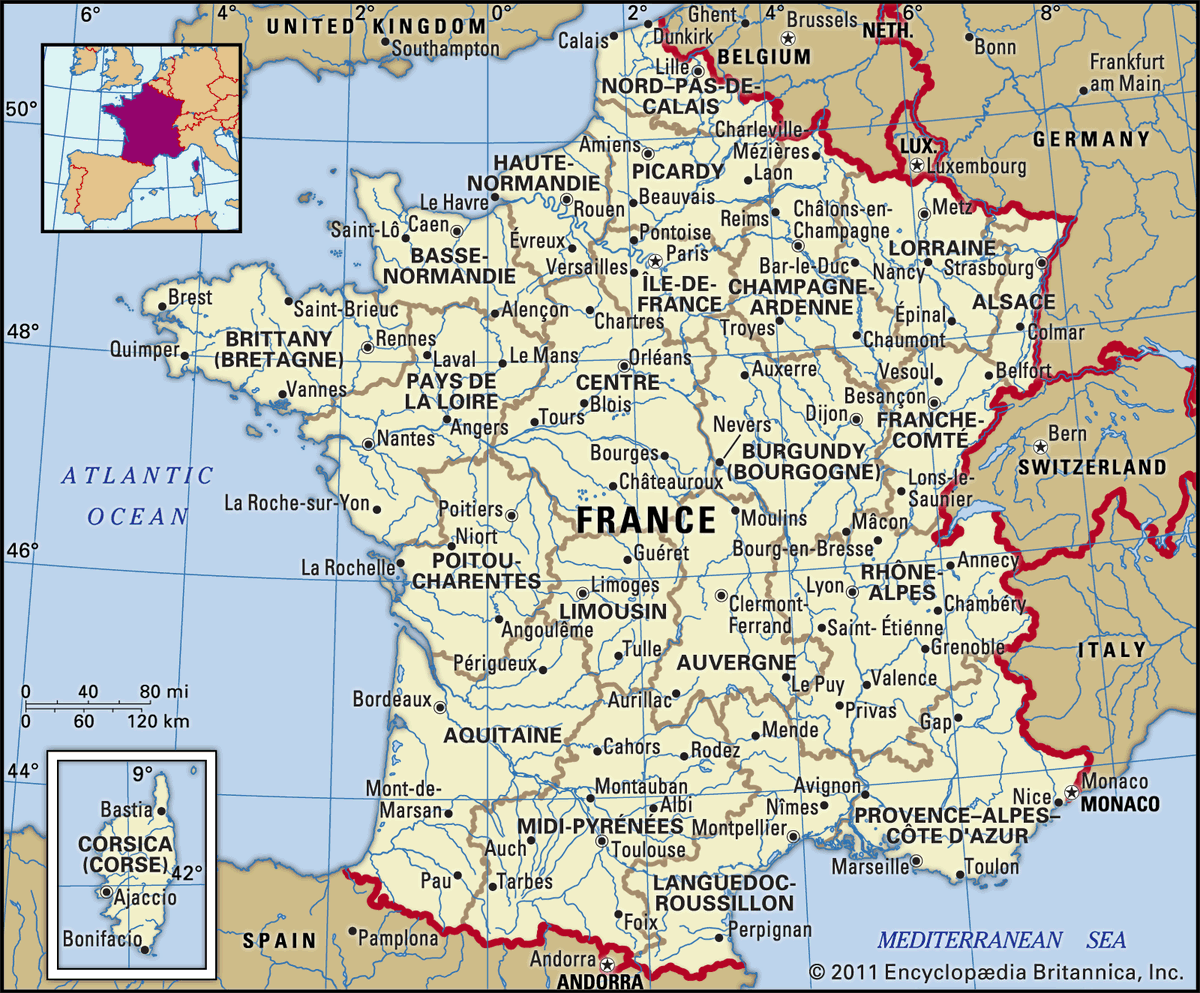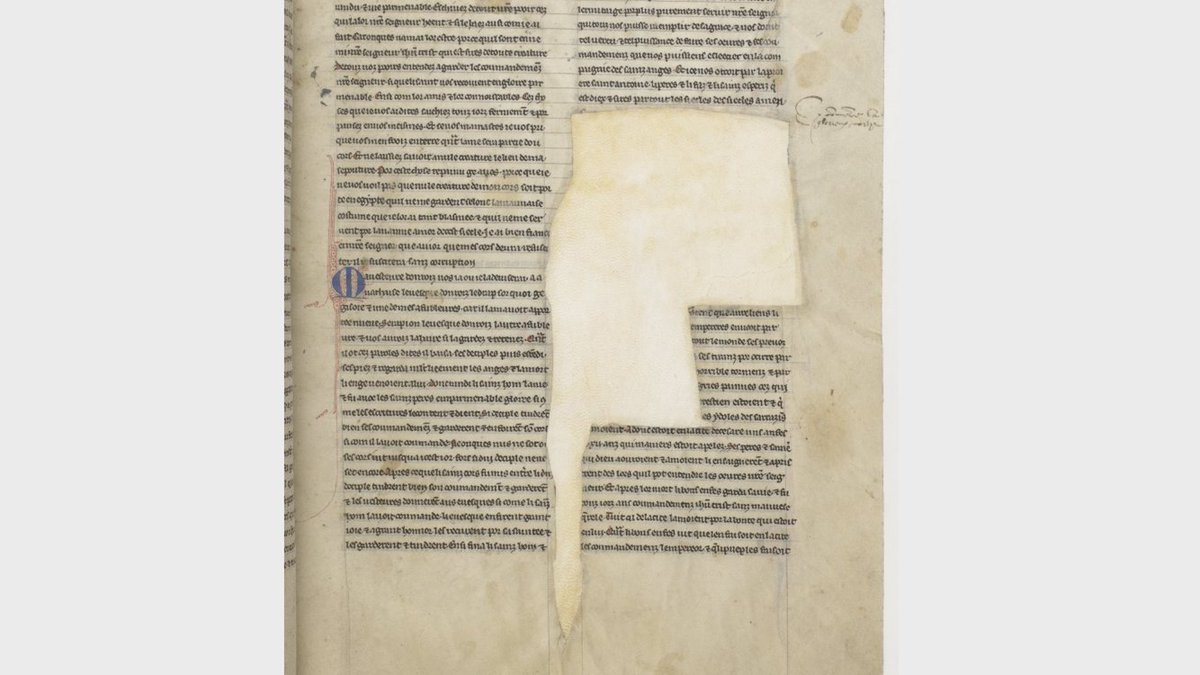Alright, folks, let's talk a little bit about why late medieval vernacular #hagiography is an intriguing bundle of unanswered questions. Buckle up for provenance, #fragmentology & textual shenanigans! 1/
Much like for the earliest Latin tradition, we don't really have early examples of what the most ancient vernacular collections of saints' lives really looked like. What were people really reading in the early 1200s, when prose saints' lives in French started to circulate? 2/
What we *do* have is later manuscripts, dating from about the 1250s, where we can see the *traces* of what these early stages of vernacular hagiography looked like. 3/
I'll show you one of my favorite examples: a collection of prose saints' lives from the @BnF, NAF 23686.
You can browse it on @GallicaBnF at this link: https://gallica.bnf.fr/ark:/12148/btv1b8446925z/f1.item.r=23686 4/
You can browse it on @GallicaBnF at this link: https://gallica.bnf.fr/ark:/12148/btv1b8446925z/f1.item.r=23686 4/
Mystery #1: We're not exactly sure *where* NAF 23686 was made. Soissons? Somewhere in the Champagne region? Nobody has been able to identify a specific place of production.
Mystery #2: We're not even sure *when* it was made. Proposed datings range from the 1250s to around 1275, which can be a daunting window for such an important object.
Mystery #3: And... guess what. We don't even know who it was made for! A monastery? A chapter? Perhaps a lay, aristocratic patron? A *female* patron? Your guess is as good as mine.
In fact, I've been able to discover that at some point, not long after its completion, NAF 23686 landed in the library of a nobleman based in Lyon, in southern France. Definitely far from where it had been produced. 8/
These manuscripts traveled, folks! And the divide between lay and monastic communities is *far* more permeable than we think. 9/
Mystery #4: This is an expensive, beautiful manuscript. So beautiful that someone, at some point, decided to cut off some of its illustrations & initials. You can see the spaces, neatly cut, where these images used to be. 10/ 

This practice has a long history. In fact, there's a tiny chance that *your* local library, or a private collection in your area, may have a cutting from this mutilated manuscript! If you're interested in #fragmentology, @lisafdavis & @FragmentariumMS are your people 

Mystery #5: NAF 23686 is not a simple collection of saints' lives in medieval French. It is a set of Russian dolls made of other, smaller, earlier collections, with "blocks" that the compiler, whoever and wherever they were, assembled together from different sources.
Untangling these blocks, and trying to figure out where they came from, is basically the core of my research on medieval vernacular hagiography, because each of them may be the trace of a different, however small, scribal community.
These communities may otherwise remain invisible, and their original work anonymous & unacknowledged. I talk about "communities," because it is very likely that most of these texts were produced/edited in blocks by teams of translators 


 Read on Twitter
Read on Twitter






